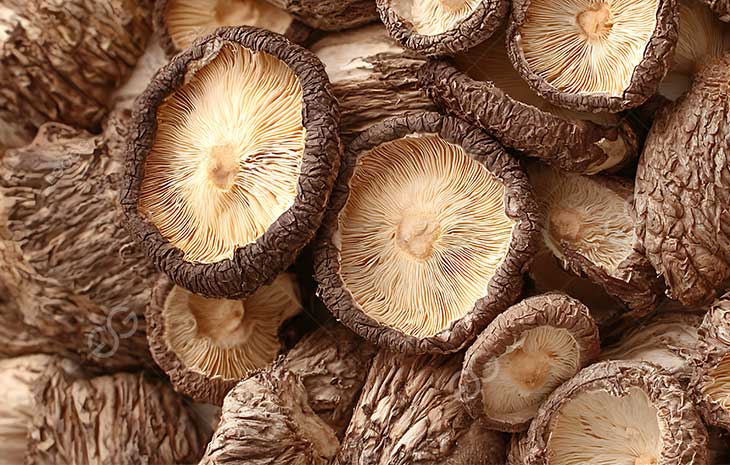Mushrooms are a type of food with a very high water content, typically reaching 80% to 90%. If not processed promptly, mushrooms are extremely prone to rotting, discoloration, and water loss at room temperature, resulting in a very short shelf life. To extend shelf life, facilitate transportation, and enable further processing, dehydrating has become one of the important steps in mushroom processing. So, what is the best method for dehydrating mushrooms? How can we improve yield and stability while ensuring quality?

The best method for mushroom dehydration: Hot air circulation drying.
Hot air circulation drying is the most stable, easiest to control, and most suitable method for large-scale mushroom dehydration.
A hot air dryer machine continuously supplies heated air into the drying chamber, causing the surface moisture of the mushrooms to evaporate rapidly and gradually removing internal moisture, thus achieving a continuous and uniform dehydration effect.
Why is hot air drying the best choice?
Controllable temperature prevents nutrient loss and darkening of color.
Suitable for most mushroom varieties (such as shiitake and oyster mushrooms).
Even drying, avoiding over-drying or under-drying.
Why Use a Mushroom Dehydrator?
Compared to traditional sun-drying, using mechanized dehydration equipment has significant advantages:
- Precise Temperature and Humidity Control
Different types of mushrooms are sensitive to temperature. For example:
Shiitake mushrooms are best at 55–65°C
Oyster mushrooms are best at 50–60°C
Using a dehydrator allows for precise setting of temperature, humidity, and airflow, preventing over-drying that could lead to darkening of the color or nutrient loss.
- Excellent Finished Product Consistency
The machine’s airflow is uniform and the air volume is stable, ensuring: Consistent drying results for each batch of mushrooms; Meet moisture content standards; Stable color and aroma of the finished product, which is beneficial for export or procurement by food processing companies.
However, due to differences in mushroom species, their fiber structure and moisture content vary, thus requiring different temperatures and drying times. Actual drying time and temperature will be adjusted based on factors such as mushroom size, thickness, moisture content, and equipment airflow.
If you would like to learn more about mushroom drying equipment, please contact us.